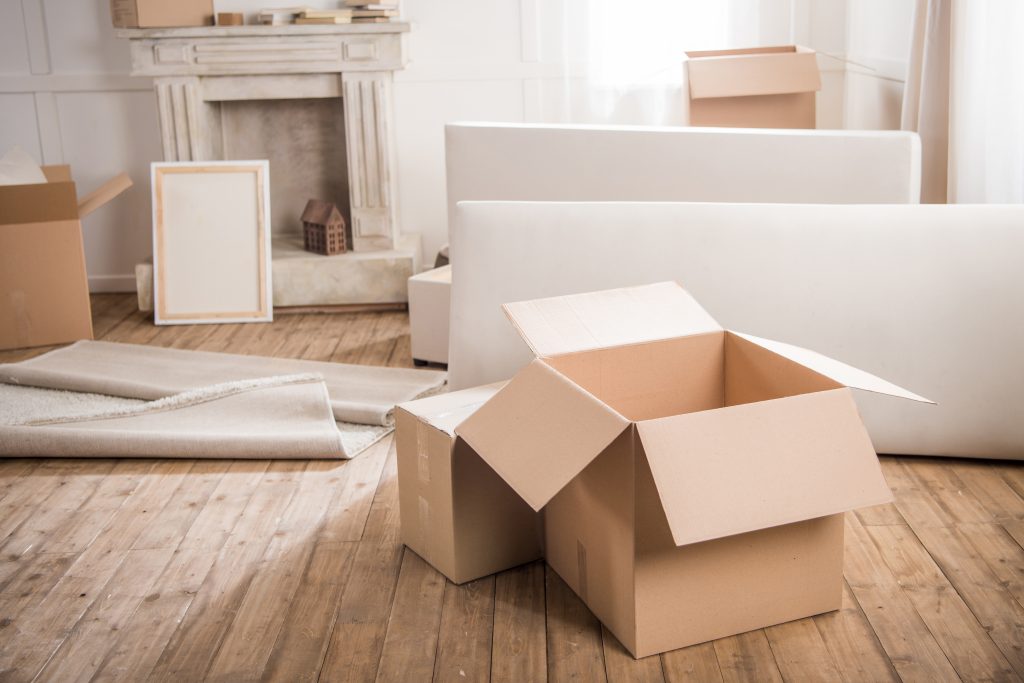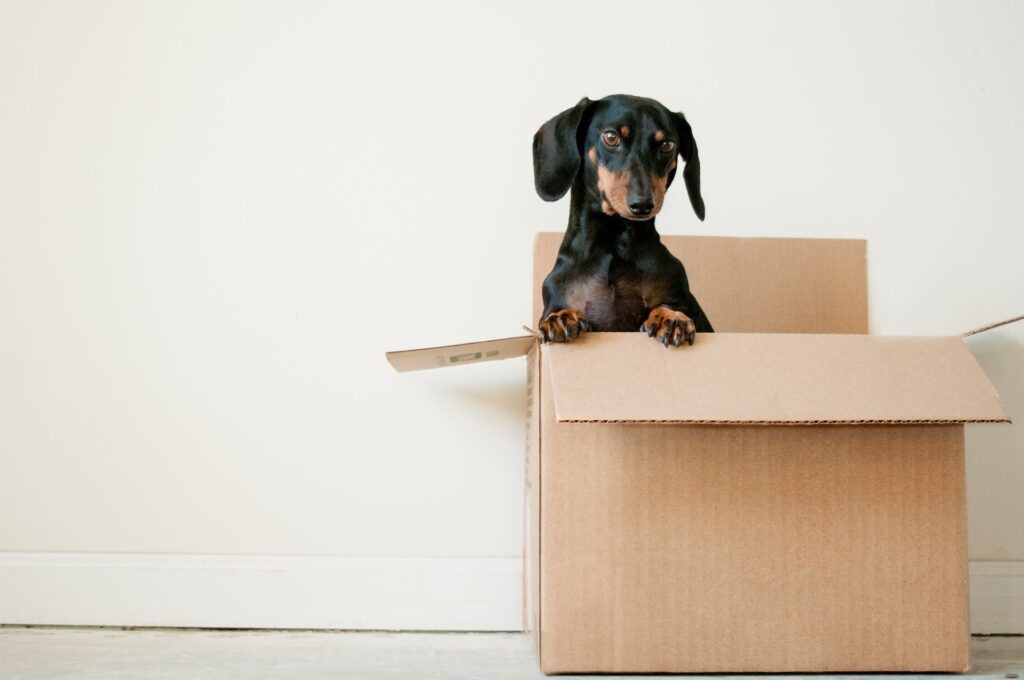
Good Honest Advice When You Need It Most
The team at Tavistock Removals offer expert no obligation advice prior to your removal. Call us for a chat on 01822 452034 or 07902 918353
Contact UsYour Self Survey Guide
When you fill out your home survey please be as accurate as possible and if you feel that certain item does not fit the description then there is a section to input something new you can even give its Cubic footage (basically height x width x length) or alternatively you can select a piece of furniture of a similar size. But most importantly you list every piece of furniture (especially large items)
How Many Boxes Will I Need?
Unless you have packed months in advance it is always tricky to estimate how many boxes you will need for your removal. You will need an estimate of boxes to get an accurate quote so this is a quick way to estimate your box usage.
- A standard size removal box is 452 X 452 X 499 (18”X18”X20”).
- In the kitchen allow one box per standard kitchen cupboard.
- One full bin bag or suitcase = one box.
- Whether smaller items are packed in bags/cases or plastic tubs we would class each as one as one box.
- A two-to-three-bedroom house on average requires 30-50 boxes.
EXTRA SERVICES FOR YOUR REMOVAL?
During your house removal survey, you will be asked whether you would like any additional services alongside the removal. These are optional and are there to make your move a little bit easier. Some extra services may include:
- Any special reqirements for the day.
- Dismantling and reassembling furniture.
- Storage options.
- Disconnecting and re-connecting washing machines.
We need to allow extra time for this so it is important to discuss or request this when we visit you or make a note on your self-survey.

Removals Guide: A Countdown to Move Day
1. Confirm the date of your move
First things first, you’ll need to get your moving date officially confirmed by your conveyancers and the house sellers. If you happen to be at the end of the chain, you may find yourself waiting a long time for all the other transactions to go through. Find out your place in the chain, and plan accordingly in case things take longer than expected. Let us know as soon as you have a confirmed date and then once the deposit is paid then we can guarantee your date. We can only do this once the deposit is paid.
2. Give notice to your landlord (if you’re renting)
If you’re renting, you’ll need to let your landlord know the exact date you’re moving out. Hopefully this will coincide with the end of your lease, as this avoids paying for both rent and your mortgage at the same time.
3. Contact your utility suppliers
Let all of your utility suppliers know that you’re planning to move out – electricity, gas, phone and broadband suppliers will all need to know when you’re leaving the property.
Chances are, you’ll be moving your phone and broadband across to your new property. Give your supplier as much notice as possible, as moving service may take several weeks.
You may have to wait for your internet connection to be set up at your new property, so make sure you download anything important you might need, like appliance instructions, directions, and those films you’ve been meaning to watch.
If you find yourself without internet when you move in, try turning your phone into a mobile hotspot. It’s not a long term solution, but it will help you keep on top of things.
Finally, take a final meter reading in your property and pass them on to the right suppliers. Taking a picture of the meter might help, as the photo will have a timestamp, proving exactly what the meter reading was when the photo was taken.
4. Have a big clear out before you move
This is the perfect time to go through your old things and decide what is and isn’t worth keeping. Before you start boxing everything up, go through your old clothes, electronics and furniture. Decide what’s actually worth keeping and what can be dropped off at the local charity shop. Make sure that all the furniture you are moving will fit in the new property especially if you are downsizing, specially sofas beds and large Fridges, look at the size of the stair well as this can be a major governing factor as to what can fit up stairs. You really do not want to be moving things you are only going to get rid of, this again will save you time, effort and cost in the long run.

5. Make a list of where everything is in your new home
Most people wait until there’s a gushing radiator before they work out how to switch the water off – make sure that doesn’t happen to you.
Ask the sellers of your new property exactly where the following things are:
Stopcock (valve for controlling the main water supply)
Instructions for appliances
Gas and electricity meters
Thermostat
Fuse box
If you’re selling, make a list of where all the important things are in your home, and leave it for the people moving in.
They’ll really appreciate you going the extra mile, and it may come in handy if you need to ask them for a favour (like posting those shoes you bought online and sent to the wrong address).
6. Pack everything and label boxes
Hopefully you’ve had a clear out, so this should be a bit easier.
When you’re packing everything up, label all the boxes properly. Make a list so you know exactly what’s inside each box after the journey. Make a checklist of what’s in each box, so you don’t have to root around whenever you’re trying to find something. Also allows us to place all the boxes and bags in the correct rooms saving you a lot of time and effort.
7. Pay for bills, let friends and family know you’re moving
Settle up all the bills and council tax still owed on your current property; you don’t want any bills coming back to haunt you when you’re all settled in your new place.
Contact the following people to let them know you’re changing your address:
Your work
Your bank, insurance, pension and credit card companies
The council, electoral roll
TV Licensing
Doctor and dentist
DVLA
National Insurance / DSS offices
Post redirection services (this requires at least 5 days notice)
Tip – Don’t forget to delete your old address from all online retailers (such as Amazon). There’s nothing worse than realising your package has been delivered to an old address.
When that’s done, send out one big email to friends and family to let them know your new address and the exact date you move in. They might not need it right away, but when Christmas card season comes around they’ll be grateful you planned ahead.
8. Grab the essentials for moving day
You’ll need the essentials for the first night in your new place, so it’s best to make a box or two with the following things to hand:
Kettle, mugs, tea, milk, coffee, sugar
Cleaning products, plus vacuum cleaner and bin bags
Phone and laptop chargers
Loo roll, kitchen roll
Duvet and bedding for the first night
Temporary furniture – deck chairs etc.
Television or radio
And make sure you keep all your important documents, like your passport and mortgage paperwork, where you can easily find them.
9. Move in to your new home
Once we’ve unloaded everything, do a deep clean of the property before you start unpacking. This is definitely the easiest time to scrub tiles and clean carpets.
Unpack room by room, starting with the kitchen
Check all the utilities are up and running
Make sure you have keys to every door, window and cupboard
Find out what day your bins are collected
Finally, take the rest of the night off. Find a local takeaway, order something delicious and put your feet up – you’ve earned it.
Interested in our Removals & Clearance service?
Contact us today

“We bridge the gap between the ‘man & van’ and the large national movers”
Contact us today
Call us on 01822 452034 or 07902 918353
and we’ll get back to you promptly.
